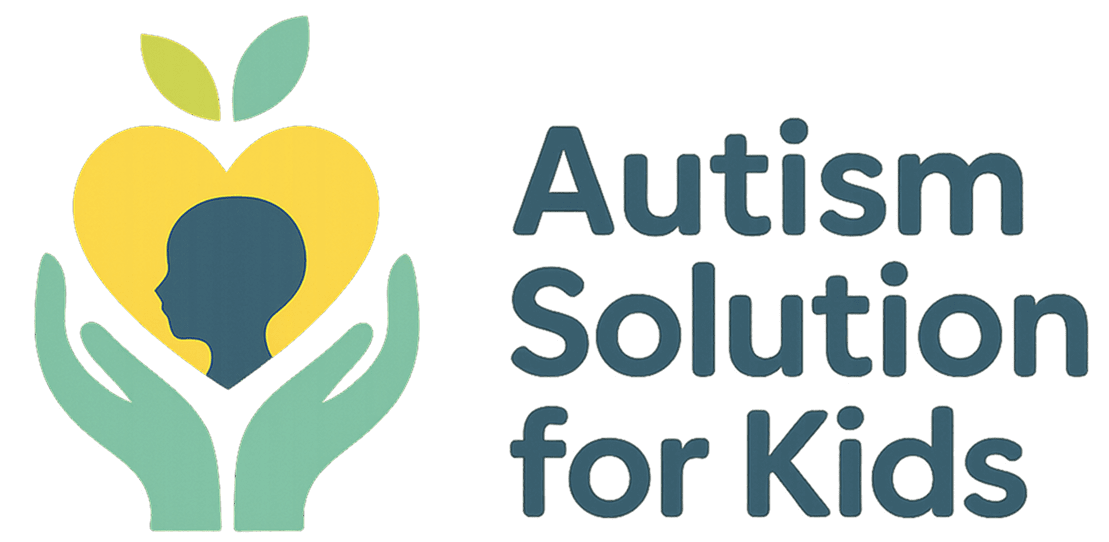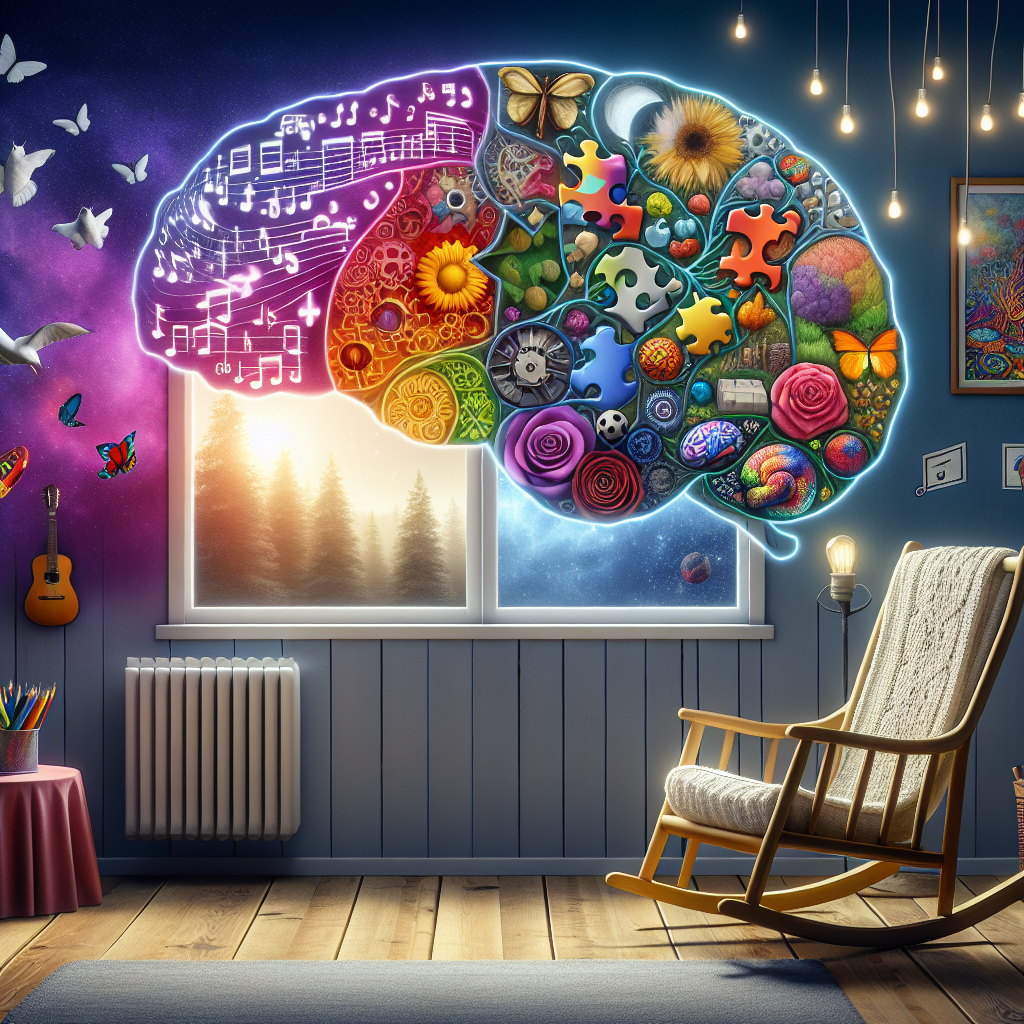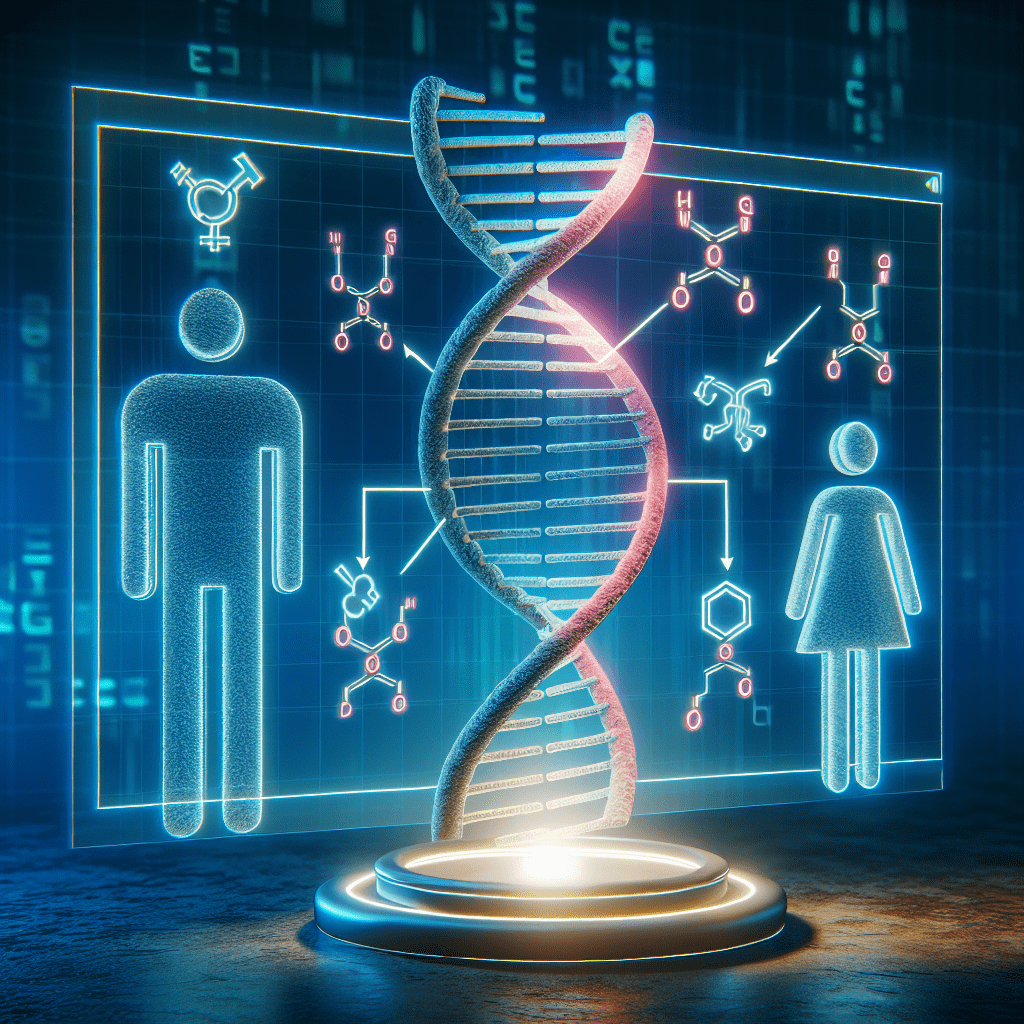What Makes Autistic Adults Happy? Insights and Inspirations
Discover what makes autistic adults happy! Explore their unique joys and experiences in our comprehensive guide. Click to learn more!
Autism presents a unique tapestry of preferences, experiences, and sources of happiness that vary widely across individuals. When it comes to understanding what makes autistic adults happy, there are a plethora of elements to consider, from sensory environments to community connections, personal interests to relationships. Many people, both neurotypical and neurodiverse, grapple with this question, often seeking to foster environments where autistic adults can thrive.
In this article, we will delve into what makes autistic adults happy, exploring five essential factors that contribute to joy in everyday life. We will also consider the broader implications of these factors not only for the autistic community but for society as a whole. By recognizing and honoring the nuances of happiness among autistic adults, we can work towards creating inclusive and supportive spaces that celebrate diversity.
Understanding the Joys of Autistic Adults
When we engage with the question of what makes autistic adults happy, it’s crucial to understand the diversity within the autistic community itself. Autism Spectrum Disorder (ASD) encompasses a wide range of behaviors, sensitivities, and preferences, which translates to differing sources of happiness. Some autistic adults may find joy in routine and structure, while others may thrive in spontaneity and creative exploration. Overall, happiness for autistic adults often revolves around key themes.
One vital element is sensory preference. Many autistic individuals experience the world through heightened sensory sensitivity, which can affect their moods and general sense of well-being. Creating sensory-friendly environments, such as quiet spaces free from overwhelming noise or visually cluttered spaces, can significantly affect an autistic person’s comfort and happiness levels. Sensory experiences, including calming sounds, tactile comforts, or specific lighting, can trigger an emotional response that directly correlates to happiness. For instance, soft textures or favorite scents can bring about feelings of calmness and joy.
Personal interests and passions also play a substantial role in what makes autistic adults happy. Many individuals on the spectrum have deep, focused interests that can ignite their excitement and motivation. This phenomenon, often referred to as “hyperfocus,” allows autistic individuals to immerse themselves in their passions. Whether it’s collecting, creating art, technology, or nature, having an outlet for these interests can create fulfillment and joy. Support from friends and family in pursuing these passions can deepen their happiness and sense of belonging.
Social interaction is another complex layer in the pursuit of happiness among autistic adults. While some may prefer solitude and feel happier when engaging in activities independently, others crave meaningful social connections. Encouraging environments that foster safe and respectful interactions can provide a sense of community and belonging. However, it’s essential to recognize that not every autistic person seeks or thrives in social scenarios, and respecting individual preferences is crucial.
Lastly, autonomy and self-advocacy sit at the heart of what makes autistic adults happy. Being in control of choices—be it related to daily routines, personal goals, or relationships—can lead to increased feelings of empowerment and satisfaction. Celebrating small successes, embracing independence, and recognizing achievements, no matter how minor, can help foster lasting happiness.
Creating Supportive Environments
So, how can we create environments that maximize happiness for autistic adults? It starts with acknowledging and addressing the specific needs and preferences of individuals in a respectful and tailored manner. One of the decisions that can greatly influence what makes autistic adults happy is accessibility—making environments physical, social, and emotional inclusive.
Physical spaces should be designed to minimize overwhelming sensations. This can include quiet zones in workplaces or communal areas, providing sensory tools like fidget toys, and allowing for flexible workstations to accommodate personal preferences. Implementing these design principles can significantly enhance comfort. By creating spaces where autistic adults feel safe navigating their feelings and sensory experiences, we can lay the groundwork for happiness.
Moreover, promoting social inclusion is fundamental. Initiatives that educate neurotypical peers about autism and the unique experiences of autistic adults can foster empathy and improve relationships. Awareness campaigns can go a long way in breaking down stereotypes and fighting stigmas. Consider encouraging workplace sensitivity training or inclusive community events where interactions can flourish. Schools can adopt inclusive educational practices, ensuring autistic students have the same opportunities to participate and excel socially.
The concept of flexibility and choice in personal decision-making must also be embraced. Allowing opportunities for autistic adults to express their preferences and make decisions about their lives can significantly enhance their sense of agency. For example, when planning community engagements, ensure that there’s room to customize experiences based on feedback from autistic adults directly involved. This can lead to satisfaction and create meetings, groups, or activities they genuinely enjoy.
In summary, by promoting physical comfort, encouraging social connections, and providing choices, we can significantly enhance what makes autistic adults happy, creating an environment where they feel celebrated and understood.
Empowering Autistic Individuals to Find Happiness
For many autistic adults, the journey to happiness is an ongoing process involving self-discovery and empowerment. Supporting this personal journey can make a significant difference in directing their paths toward joy. This empowerment often aligns closely with self-advocacy and access to resources tailored to individuals’ needs.
Self-advocacy is fundamental. Encouraging autistic individuals to speak about their preferences, struggles, and achievements fosters self-confidence and a deeper understanding of their identities. Programs that teach self-advocacy skills, whether through mentorship, workshops, or peer linkage, can help them develop a strong voice within society. This helps pave the way for what makes autistic adults happy by allowing them to advocate for their essential needs in various contexts.
Moreover, access to mental health resources is essential for many autistic adults navigating life’s challenges. Having mental health professionals who understand the unique sensory and emotional factors that autistic individuals face is pivotal. Community resources can offer therapy options that integrate holistic approaches specific to autistic experiences, such as cognitive behavioral therapy (CBT) tailored to combat anxiety and sensory overwhelm. This type of help can lead to tangible happiness by promoting well-being and resilience.
Joining support groups, combining self-advocacy with shared experiences, can also provide invaluable community connections. It’s in these spaces that true understanding can flourish. Individuals can share tips, engage in community activities together, and lend support through empathy and shared stories. Such interactions can be a significant boon to what makes autistic adults happy, emphasizing the relevance of communal bonds.
Ultimately, the goal of these strategies is to create spaces and support systems where autistic individuals feel empowered to explore their identities, take charge of their lives, and, most importantly, find their unique sources of happiness.
Conclusion
In our exploration of what makes autistic adults happy, it is clear that happiness results from multifaceted experiences and deeply personal factors. Recognizing the importance of sensory preferences, personal interests, available social connections, and autonomy can pave the way to greater fulfillment. Creating supportive environments, emphasizing choice, and encouraging self-advocacy equips autistic adults with the tools they need to navigate their personal happiness journeys.
As friends, family, colleagues, and community members, it is our responsibility to foster spaces that promote understanding and acceptance. Simple gestures can have a profound impact. By championing individual differences, we can play a vital part in acknowledging what makes autistic adults happy, leading to collective joy and a richer tapestry of experiences.
Frequently Asked Questions (FAQs)
1. What are some sensory preferences that contribute to happiness in autistic adults?
Many autistic adults find joy in sensory-friendly environments, including soft textures, soothing sounds, or particular scents that reduce anxiety and create a sense of comfort.
2. How can friends and family support autistic adults in finding happiness?
Friends and family can support autistic adults by actively listening to their needs and preferences, advocating for their interests, participating in shared activities, and ensuring environments feel safe and welcoming.
3. Is social interaction always necessary for autistic individuals to be happy?
Not necessarily. Some autistic individuals thrive in solitude and don’t seek social interactions, while others desire meaningful connections. It’s crucial to respect personal preferences.
4. How does self-advocacy enhance happiness for autistic adults?
Self-advocacy allows autistic individuals to express their needs and preferences, leading to a heightened sense of agency and control over their lives, enhancing overall happiness.
5. Are mental health resources important for the happiness of autistic individuals?
Absolutely! Access to mental health resources tailored to the unique experiences of autistic individuals can help address challenges and promote resilience, significantly impacting happiness.





